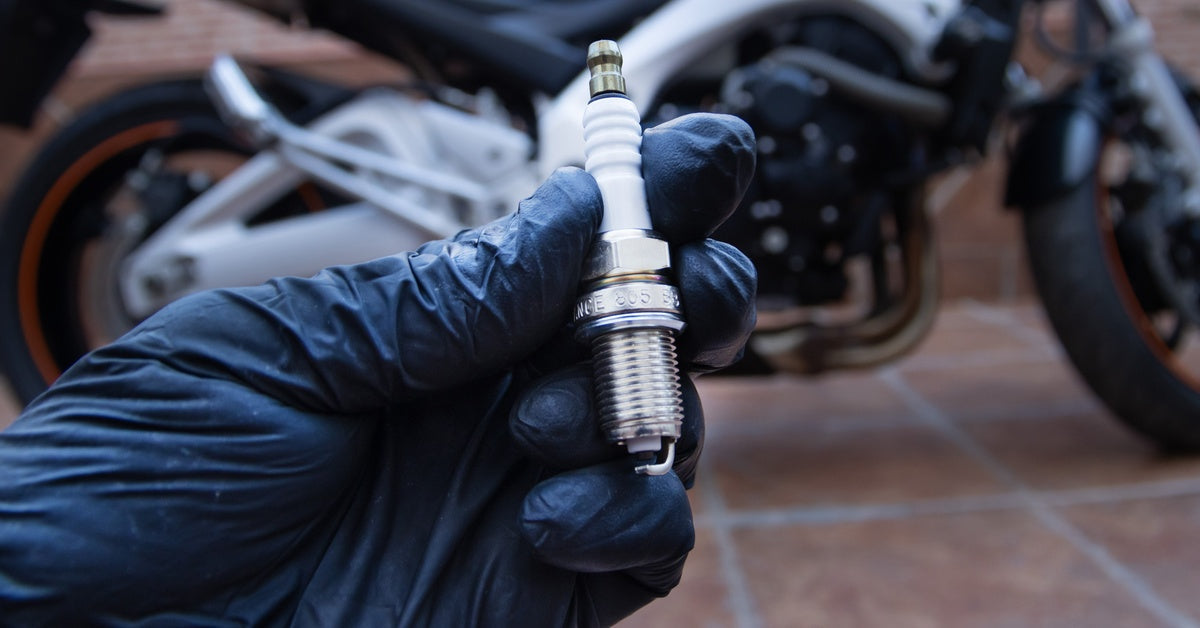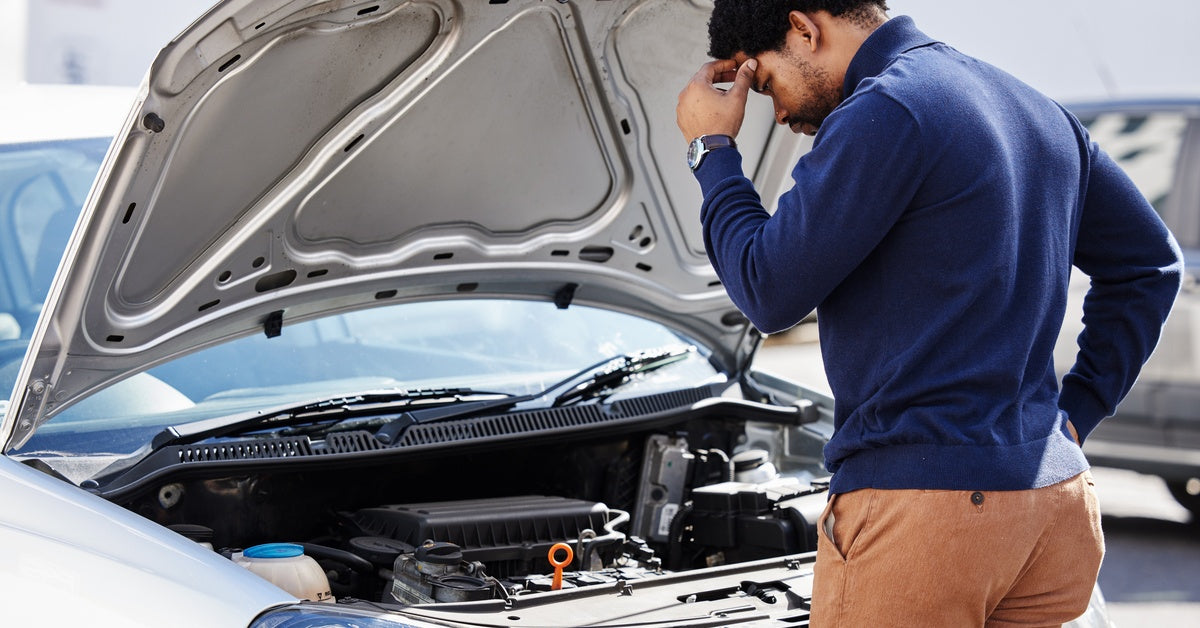
Getting drivers to obey the speed limits set on city streets and back roads has long been a concern for public safety officials. From the law enforcement officers to the engineers who design studies to determine the speeds, there is little agreement on what is a safe speed. After sponsoring studies to establish a better understanding of travel speeds on various roadways, the Federal Highway Administration concluded that driver compliance with speed limits set for urban roads was on average about 30% of the drivers. In part, compliance with a posted speed appears to be related to an individual driver's perception as to how realistic the posted speed limit seems to be.
Results obtained by researchers at Purdue University determined that among the 1,000 drivers surveyed the respect for speed limits appear to have deteriorated. They concluded that many drivers were cynical about the safety benefits of driving within posted limits with 79 percent of drivers saying it is safe to exceed speed limits by 10 m.p.h. Generally speaking, drivers felt a safe speed to drive is just beyond the point where law enforcement officials will issue a ticket. Now Tesla, the automaker who has introduced semi-autonomous systems to autopilot the company's car that is billed as safer than a human driver has taken a big step toward forced driver compliance.
Before the most recent update to Tesla's Autopilot, owners were able to set the system to allow their vehicle to go up to 5 m.p.h. over the posted limit on non-divided highways. After the software update, Tesla owners are forced to obey the speed limits on city streets and urban roadways. In addition, an auto sensor will remind the driver to properly hold the steering wheel while on Autopilot. If an urban road has curves, the safety prompts will occur more often than on a straight roadway. This marks one of the first uses of automotive technology to monitor and prohibit the human perception of the fairness of posted speed limits in varying areas.







